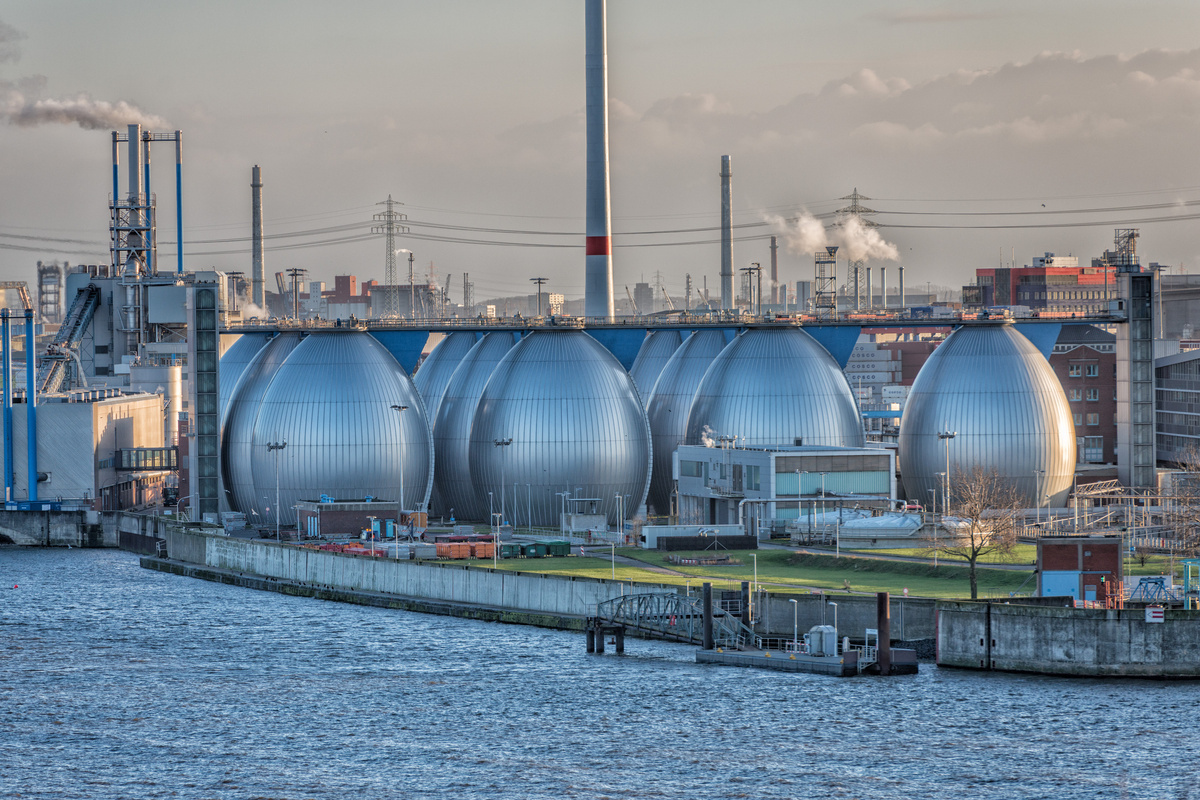Using hydrophobic hollow fibers to make air gap membrane distillation processes more cost-effective, efficient, and compact.
Membrane distillation (MD) is a water distillation method that involves the use of hydrophobic membranes and their properties. MD allows for water vapor to permeate through a membrane but prevents liquid water from passing through. Due to this process, MD has great potential in practical applications from desalination to extracting water from chemical solvent‑water mixtures.
There are many types of MD operation modes, such as direct contact mode, air gap mode, sweeping gas mode, and vacuum‑condensation mode. This technology focuses on the air gap process where the permeated vapor does not directly make contact with the cooling fluid. It condenses upon hitting a good heat conducting surface, and the cooling fluid on the other side of the surface takes away the condensation heat. An advantage to this method is that since the cooling fluid never makes contact with the vapor, there are no restrictions on what coolant can be used.
Conventional air gap methods that use membranes in flat sheets have the disadvantage of having a very low effective surface/volume ratio. Therefore there is a need for a more advantageous air gap membrane distillation process.
This technology revolves around designing an air gap membrane distillation method that is based on hydrophobic hollow fibers. A flat layer of hollow fibers is placed between two condensation sheets (like a "sandwich") where one of the sheets has pre‑punched holes to let condensed water flow out. This structure with the hollow fibers and condensation sheets is spirally wound on a specifically designed core tube.
Then, a pre‑made sealing pattern allows different pathways for the cooling fluid and the condensation fluid flows. The flows all go through the core tube and the high-temperature fluid will be in/out from the very end of the spirally wound module.
However, two obstacles this design faces currently are the difficulty of forming the "sandwich" structure and the cooling fluid not reaching the entirety of the cooling pathways.

Source: Andrea Izzotti, https://stock.adobe.com/uk/88920919, stock.adobe.com
Compact design, More efficient than conventional processes, Economic, High performance/price ratio, Very large effective area/volume ratio
This technology will be used in processes such as desalination, brackish water treatment, extracting water from chemical solvent‑water mixtures, etc.
Provisional patent
Available for Licensing.
Development partner - Commercial partner - Licensing
Additional Information: